|
Can you see the connection between this piece of sashiko and soccer? Read on and discover more. Sometimes I think that sashiko has rewired my brain, because I can’t help noticing patterns in everyday objects all around me, and seeing them in terms of sashiko. During the world cup soccer it was not only the Samurai Blue uniforms that caught my eye, but the soccer balls too. Did you know that a soccer ball is made up of 20 white hexagons and 12 black pentagons? When I see hexagons I think of kikko (tortoiseshell) and its many variations. The hexagon is called this in Japanese because of its resemblance to the shell of a tortoise, which since ancient times has signified longevity and the wish for immortality, hence it use as an auspicious symbol and use in sending wishes for long life and congratulations. Recently I’ve been doing some research on the origins of hanafukin from a book called “Folk Clothing Culture: Sashiko Research” (by Kiku Tokunaga). It was published in 1989 and is out of print, so I was thrilled to discover it through an online second-hand bookshop, and now think of it as my sashiko bible. From this book I discovered that the earliest known use of the word hanafukin was for the cloths made by the wives of pioneer settler samurai from the Uesugi clan, which moved to Yonezawa, in Yamagata northern Japan in the seventeenth century. These cloths were placed near wells or rivers where people washed their clogs, and also in the entrance to houses for guests to wipe their feet on. The hanafukin placed in the front entrance of each house functioned as the “face” of that house to visitors and were stitched with a variety of patterns that were also supposed to represent clan beliefs, and serve as a reminder to the farmer soldiers coming back from their work in the fields of their samurai status. Hanafukin were larger than ordinary cleaning cloths, and required a lot more stitching. One technique was to divide the area into split sections that were then filled various patterns, but the shape most frequently used to divide up the sections was – you guessed it…hexagons! There’s a whole lot more to be said about the significance of the different patterns stitched inside these hexagons, but I’ll leave that for another time. For the moment let’s just say that I am only beginning to scratch the surface of the amazing history behind the humble hanafukin. Recently I was moved to stitch a tortoiseshell hanafukin myself, with the arare kikko ‘hailstone tortoiseshell’ pattern. In this variation there are two hexagon patterns, one twice the size of the other, which overlap to produce a ‘hailstone’ effect. The photograph at the top of this page is a small cloth I stitched with tsuno kikko, which means ‘horned tortoiseshell,’ but I do think that’s a misleading name, because to me these look more like flowers than horns! Here’s another cloth I stitched which I have on display in my front entrance hall. This is mukai kikko, the alternate or facing tortoiseshell. When flicking through my collection of sashiko books I also found these lovely coasters with kikko, juji kikko (cross tortoiseshell) and tsuno kikko. Perhaps the coasters of today are what hanafukin once used to be to farmer samurai households. This is from the book Hajimete no sashiko: shimpuru na harimega utsukushii fukuromono to komono (Sashiko for beginners: Bags and small items with beautiful simple stitching), (Nihon Vogue, 2012 - Amazon affiliate link)
Once you become aware of kikko, you’ll get like me and start seeing it in everything from paving stones to soccer balls!
4 Comments
Margaret Kovaleff
8/10/2018 03:41:01 pm
I enjoyed your explanation of hanafukin cloths and designs. My sister in law gave me a set of your three sashiko kits to stitch and I find the different types of japanese embroidery and their history fascinating.
Reply
Alison
8/12/2018 06:10:28 pm
Thank you, Margaret. It's good to know others are interested in this history too!
Reply
Lynn W
5/11/2023 10:19:29 pm
I am making high school graduation quilts for 3 grandchildren, using designs they chose. The girl wanted a design with quarter log cabin blocks set on point. One boy wanted a large hexagon pattern in greens and purple, the other chose indigo Japanese style with shiboro construction and sashiko embellishments. I purchased a sashiko coaster kit, similar to yours, from Japan years ago and am including the squares as design elements. I did not realize the connection and symbolism of the embroidery and shapes. Since I am now obsessed, I found this blog so enlightening! Thank you
Reply
Leave a Reply. |
Watts SashikoI love sashiko. I love its simplicity and complexity, I love looking at it, doing it, reading about it, and talking about it. Archives
September 2022
Categories
All
Sign up for the newsletter:
|

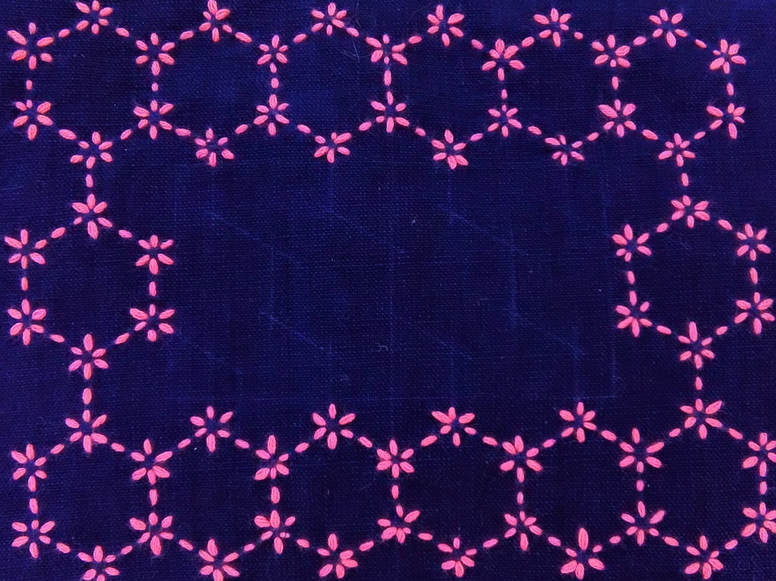
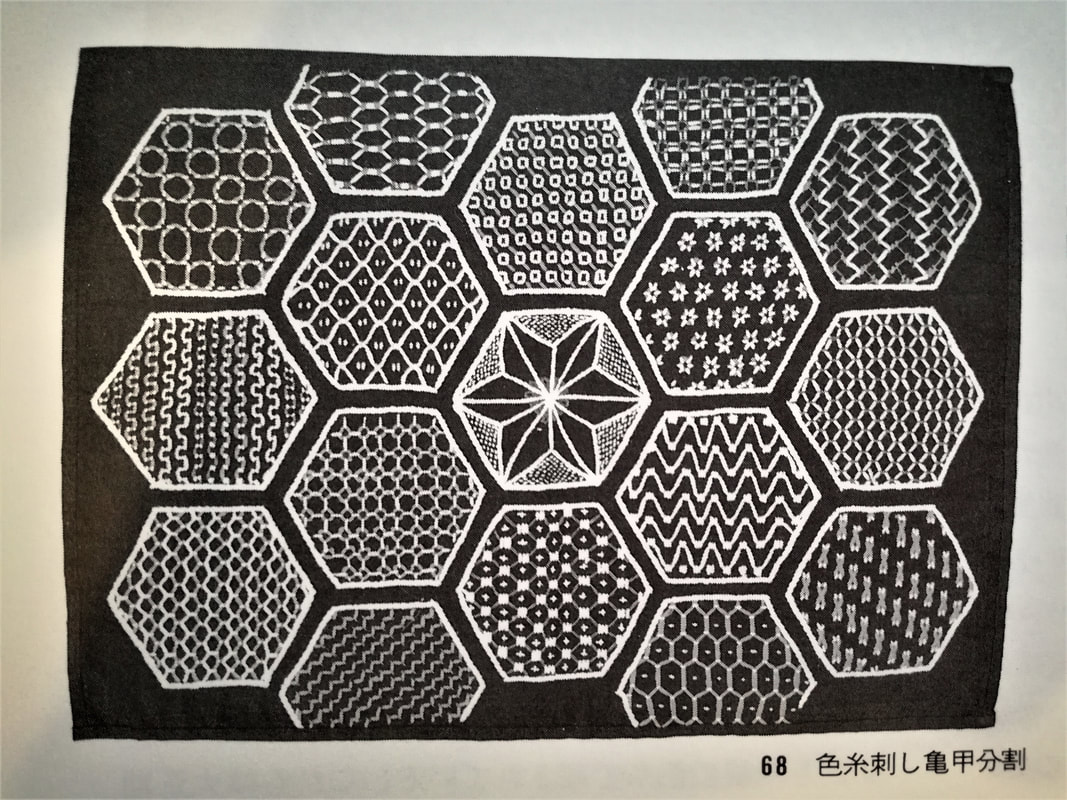
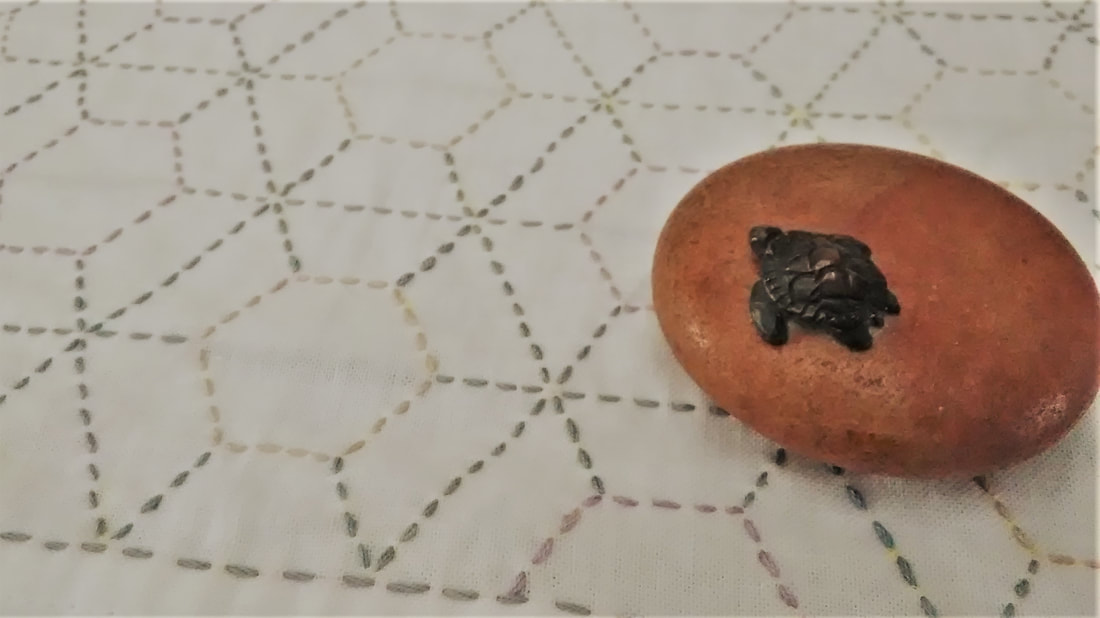
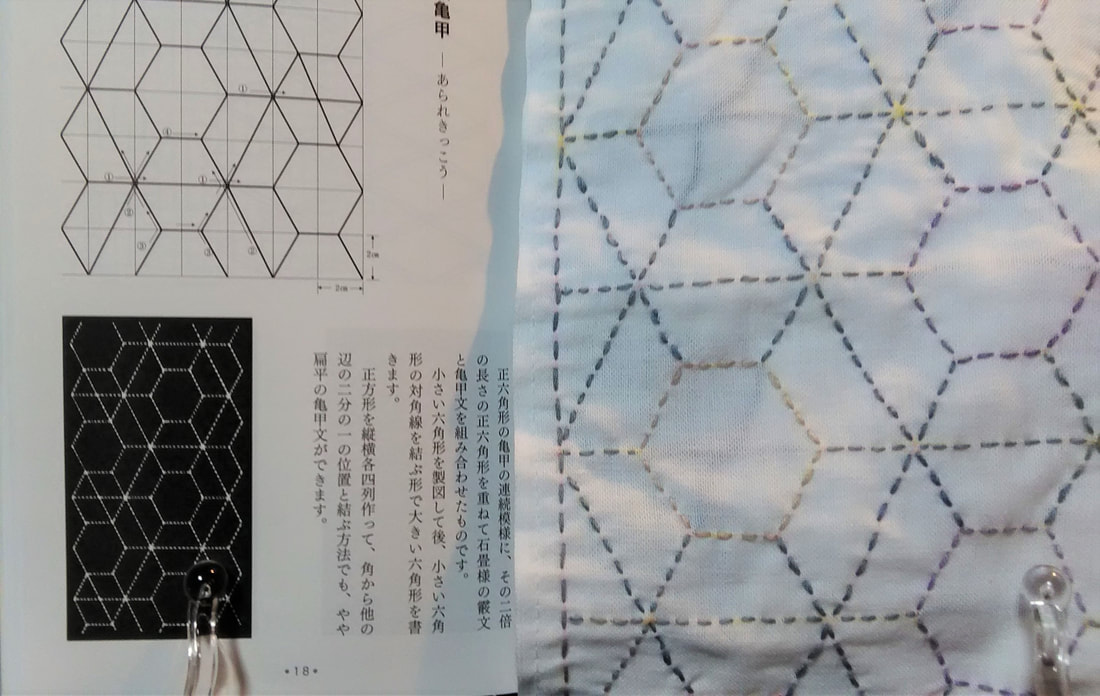
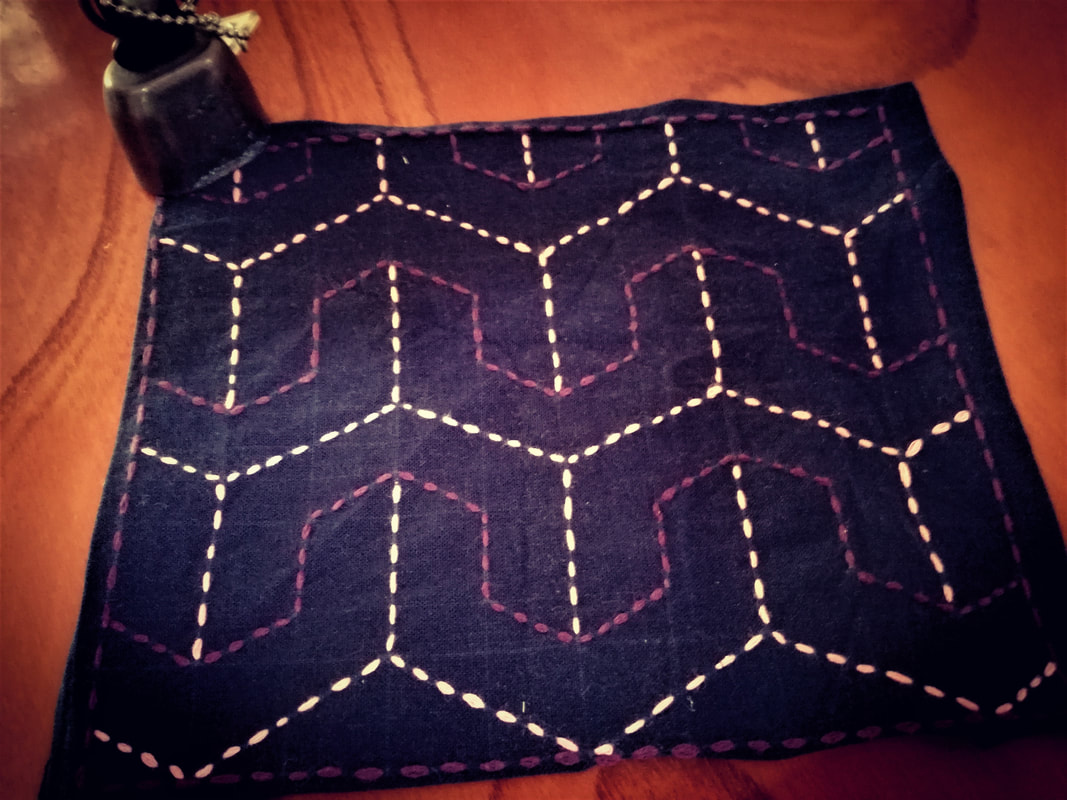
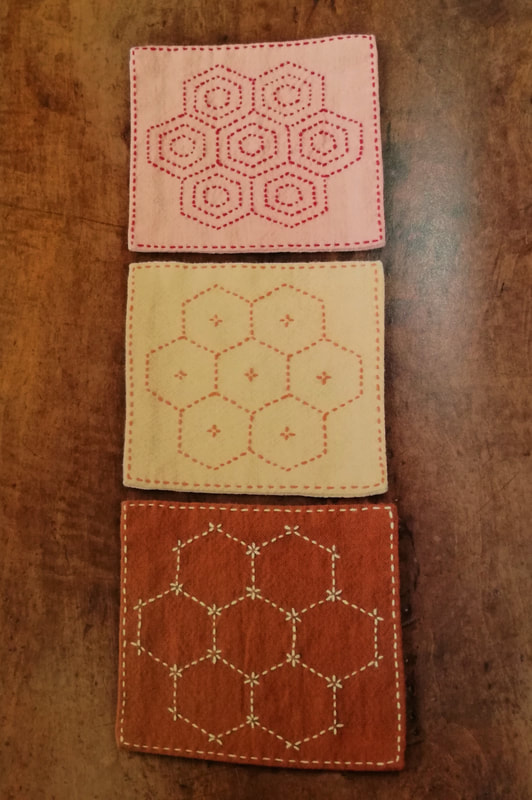
 RSS Feed
RSS Feed



